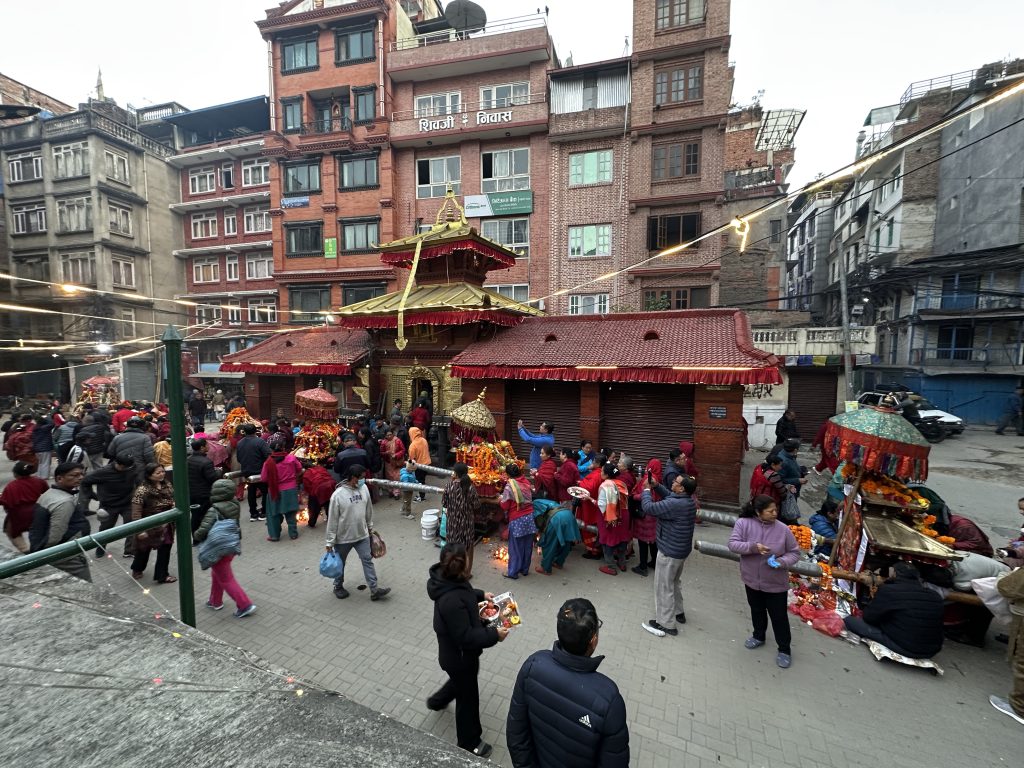The majestic festival of Luti Ajima: A glimpse into Kathmandu’s timeless traditions

Luti Ajima, commonly known as Indrayani, holds a revered place among the Astamtarika goddesses of Kathmandu. This ancient shrine was established by the Lichhavi king Gunkamdeva during the city’s founding in the distinctive shape of a Khadga. The goddess resides on the banks of the Lû: Khusi, known today as the Vishnumati (Keshavati) river, near Nirmal Tirtha, situated below the Udayaagiri Parvat. Legend has it that Luti Ajima, the most impoverished among the Ajima goddesses, was deeply affected by her lack of food and resources.

One of the most famous tales surrounding Luti Ajima tells of her struggles with motherhood. During one significant feast, Luti Ajima was invited to her house along with her children. Tragically, upon arrival, she discovered that her relatives had already eaten and finished the feast, leaving her humiliated and heartbroken. Overcome with grief, she returned home crying. On her way, a divine figure stopped her to inquire about her sorrow. Upon hearing her story, the deity assured her that her festival would be celebrated before that of her sisters, whose jatra occurs on Pancharya—an annual celebration associated with the lunar cycle and the unique traditions of Kathmandu’s festivals.

Luti Ajima’s jatra is celebrated separately on Balacharey, the no-moon day of Mangsir, the eighth month of the Bikram Sambat calendar. This celebration stands distinct from the Pahacharey festival, which marks the Jatra of the other Ajima goddesses. One of the most intriguing aspects of the festival is the firewood ritual performed at Shovabhagawati, Kathmandu at midnight. Special wood is burned as part of this ancient rite, during which pairs of live animals—such as fish, sparrows, grasshoppers, and a snake—are placed into the flames. Additionally, a buffalo’s head and 32 types of grains are offered. The fire ritual attracts participants from Kirtipur, who take half-burned wood to start their own festival, held ten days later.

Its unique rituals and vibrant procession distinguishes the festival. The palanquins of Luti Ajima’s children, including Bhudi Ganesh, Swachapu Ganesh, Jwalamai, Shova Bhawati, Machakhacha, and Swet Bhairav of Chettrapati, are carried through the narrow alleys and inner pathways of Kathmandu. Notably, these processions do not pass by any other Ajima temples, emphasizing the distinct nature of the celebration.
Photo: Asu / ClickaBlink



